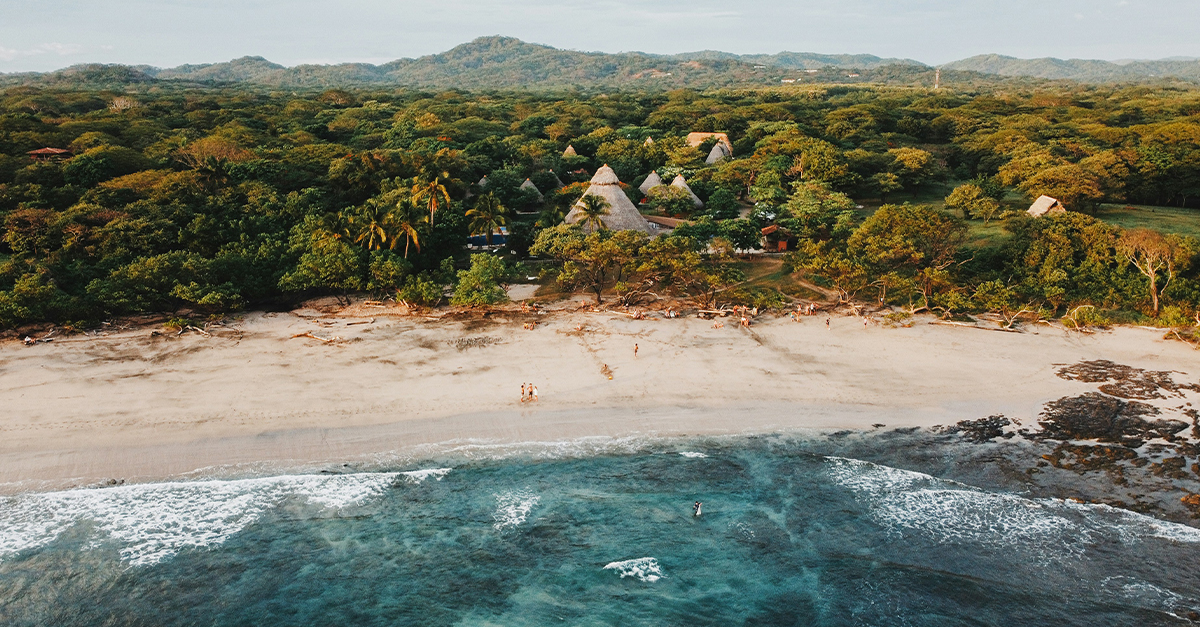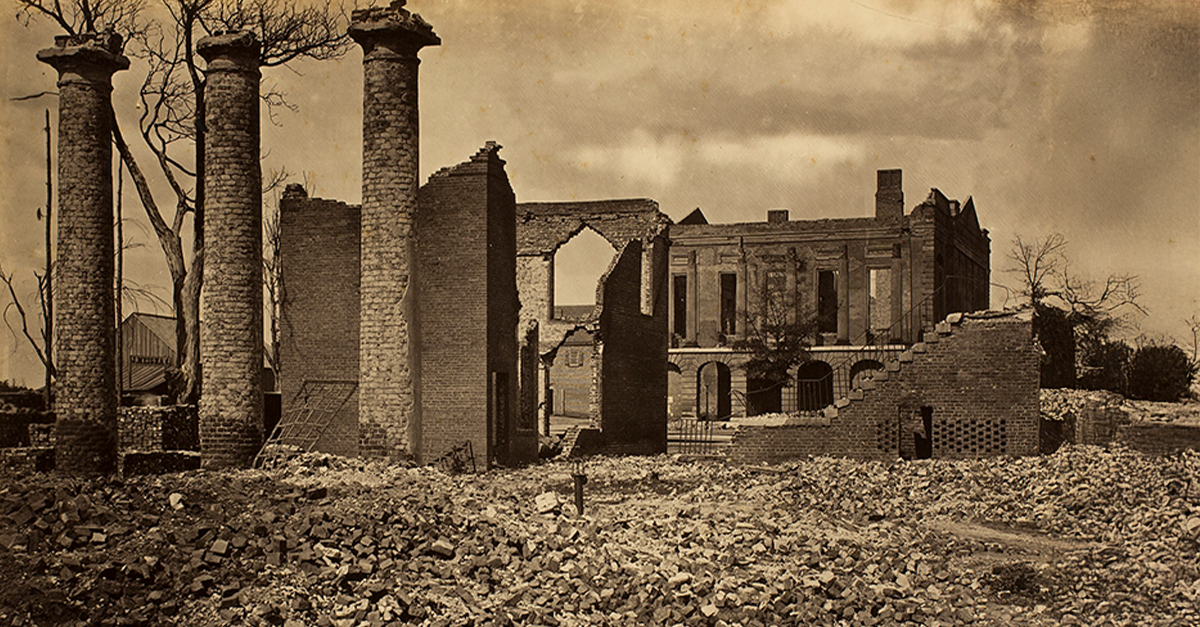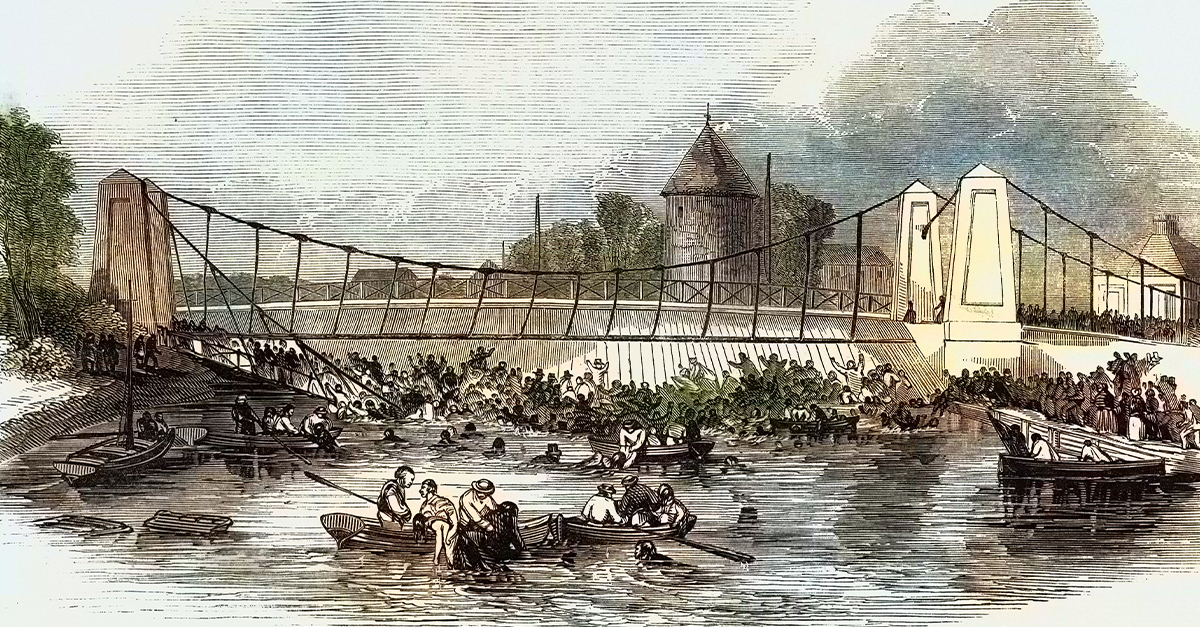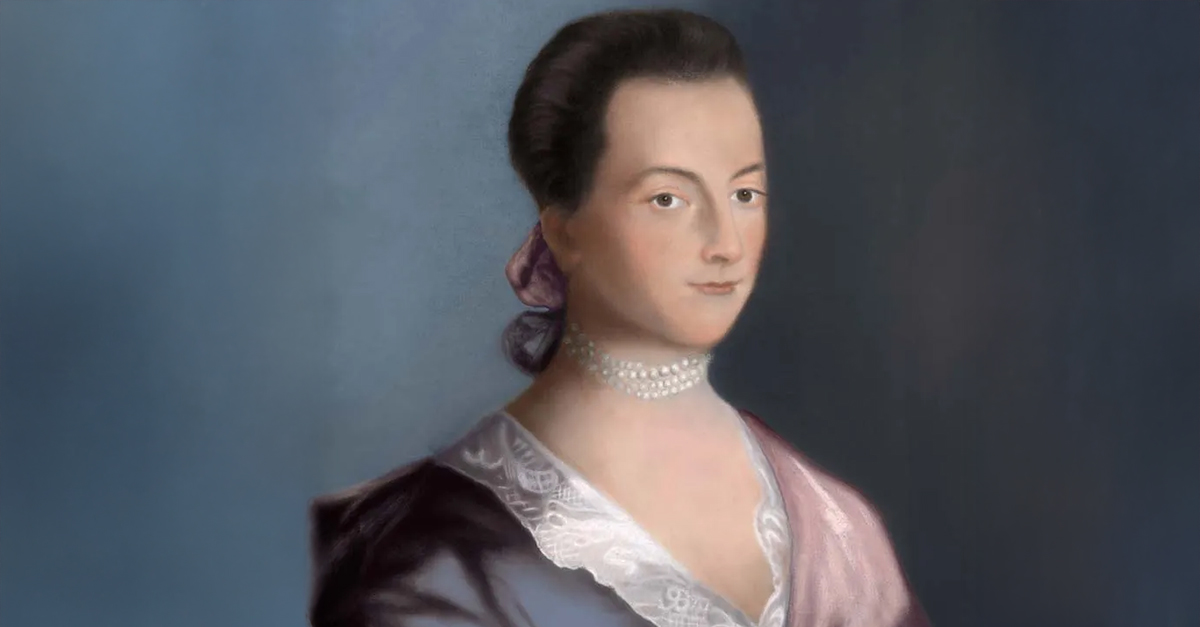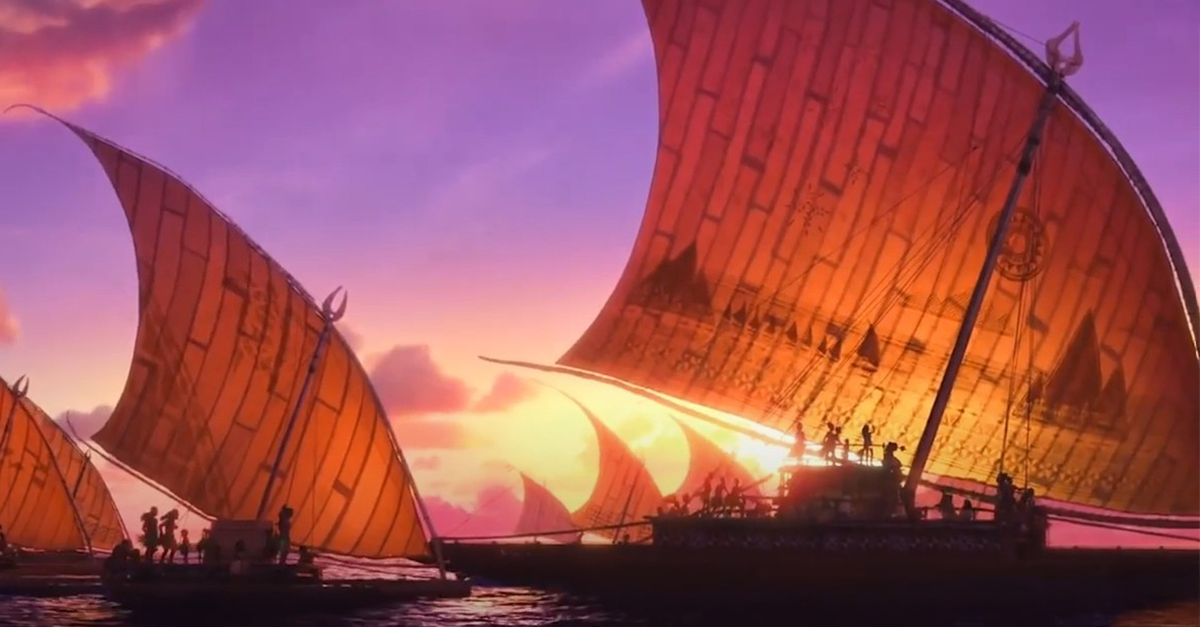Off the coast of Costa Rica’s Cahuita National Park, two centuries-old shipwrecks once thought by locals to be pirate ships are now confirmed to be Danish slave ships: the Fridericus Quartus and Christianus Quintus. Marine archaeologists from the National Museum of Denmark and the Viking Ship Museum retrieved physical evidence to overturn Danish and Costa Rican history.
From Swashbuckling Legends To Hard Facts
Locals had always assumed these abandoned hulks were the wrecks of pirate ships. Lying in shallow coastal waters, they were easy fodder for colorful accounts spun by local storytellers. But in 2015, distinctive yellow bricks used in Danish colonies were found. This spurred further curiosity, culminating in an archival and scientific study, and re-examination of everything we thought we knew about the wrecks.
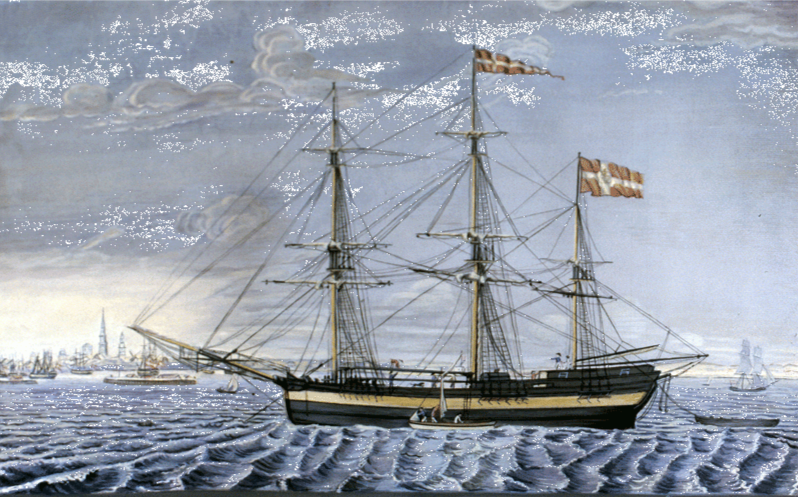 http://www.dwis.dk/digitale-udstillinger/sofart-og-handel/slavetransporter, Wikimedia Commons
http://www.dwis.dk/digitale-udstillinger/sofart-og-handel/slavetransporter, Wikimedia Commons
Pinpointing The Ships’ Origin By Their Materials
Underwater excavations in 2023 hauled up oak timbers, bricks, and Dutch clay pipes. Dendrochronology (tree ring dating) showed that the trees were felled between 1690 and 1695 in Denmark, Germany, and Sweden. The bricks, unmistakably from Flensburg, came with the original Danish clay signatures. All these various clues confirmed the vessels’ dark past as ships trafficking in African slaves.
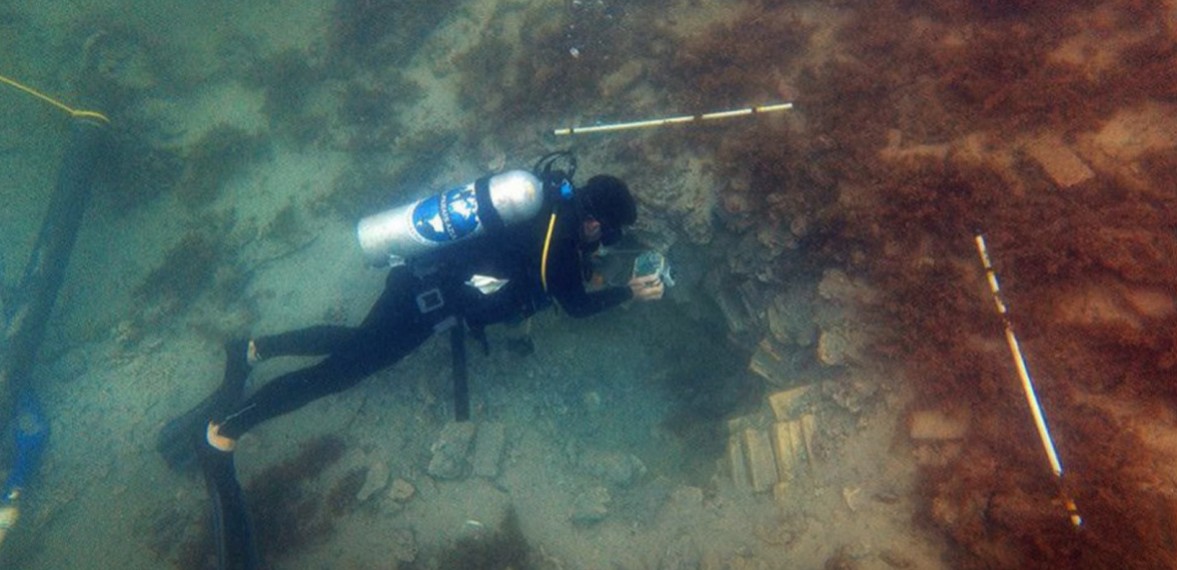 Centuries-Old Shipwrecks in Costa Rica Identified as Danish Slave Ships, WONDER WORLD, YouTube
Centuries-Old Shipwrecks in Costa Rica Identified as Danish Slave Ships, WONDER WORLD, YouTube
A Tragic End
Historical records show that both ships set sail from Copenhagen in December 1708, headed for Danish West India colonies via West Africa. Loaded with up to 700 enslaved Africans, navigation errors and a storm forced them onto reefs. A mutiny ended with one ship set ablaze. The other lost its anchor and was pounded to pieces in the surf. About 600 Africans managed to get to shore in Costa Rica, but their troubles weren’t over, as many of them were enslaved by locals.
The Roots Of A Coastal Community
Approximately three centuries after their arrival, the descendants of those who struggled their way to shore are still a part of Costa Rica’s coastal communities. Local activists and scholars stress the emotional and spiritual importance of this discovery. It’s proof of ancestral ties and the long-overlooked African roots of Costa Rica’s diverse heritage.
 Centuries-Old Shipwrecks in Costa Rica Identified as Danish Slave Ships, WONDER WORLD, YouTube
Centuries-Old Shipwrecks in Costa Rica Identified as Danish Slave Ships, WONDER WORLD, YouTube
To Conserve A Priceless Treasure
This was Costa Rica’s first big underwater archaeology project. The project was a joint effort that involved the National Museums of Denmark, the Viking Ship Museum, East Carolina University, the University of Costa Rica, and SINAC, Costa Rica’s conservation authority. The area is under restricted access to prevent curious people from damaging or removing the artifacts.
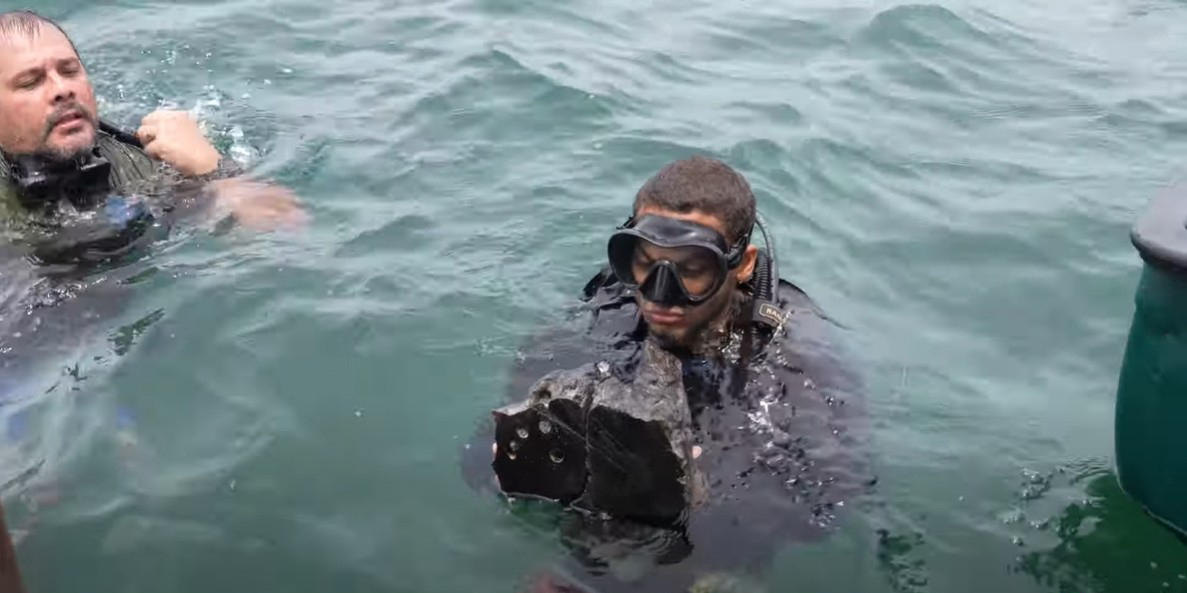 Ship Wrecks Off Costa Rica Found!, Storyful News & Weather, YouTube
Ship Wrecks Off Costa Rica Found!, Storyful News & Weather, YouTube
An Updated History Of Danish Colonialism
Though their colonialism was smaller in scale than the other European powers, Denmark participated in the transatlantic slave trade from the mid-1600s to early 1800s. It made off with over 120,000 Africans to serve its far-flung Caribbean colonies. The evidence that one ship was deliberately set on fire (“charred and sooty” timbers) confirms the historical accounts.
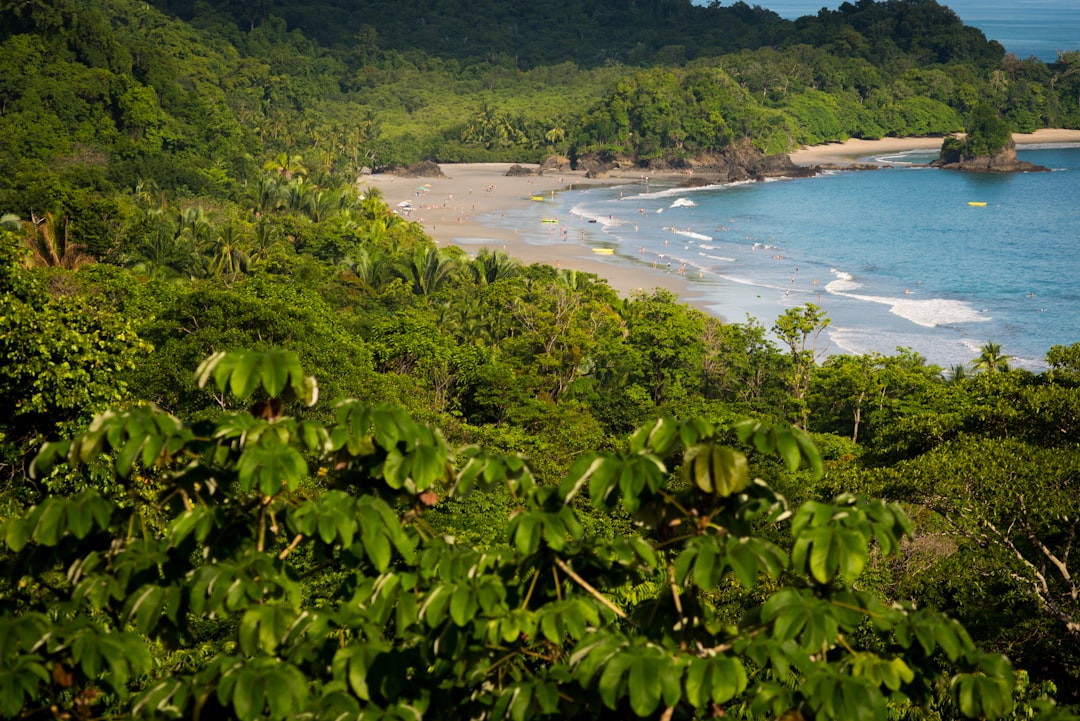 Christina Victoria Craft, Unsplash
Christina Victoria Craft, Unsplash
A Stunning Revelation And A History-Wide Impact
These wrecks are some of the only underwater archaeological sites that give evidence of Danish slave trading. These revelations offer us a bridge into Denmark’s colonial past and Costa Rica’s origins as a society and nation. The project is a classic example of how maritime archaeology can give voices to people of long ago and add definition to our collective memory across continents and the entire world.
You May Also Like:
Alexander Selkirk, The Real-Life Robinson Crusoe
10 Of The World's Most Haunted Artifacts
Paradise Lost: Tulum's Secret History Of Corruption And Greed

